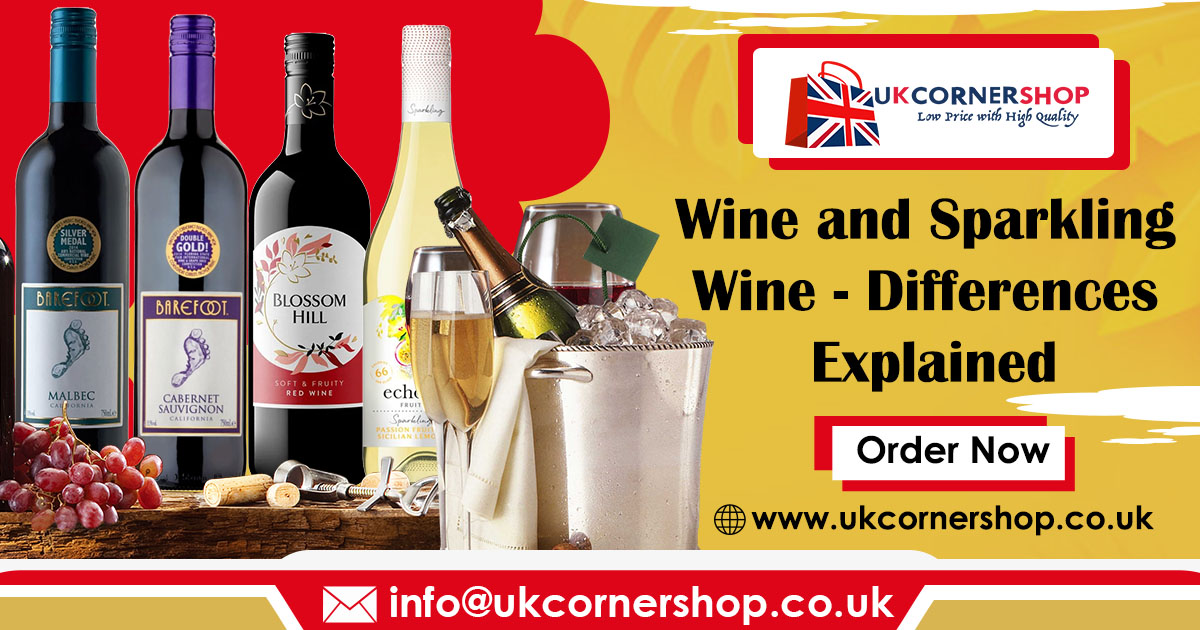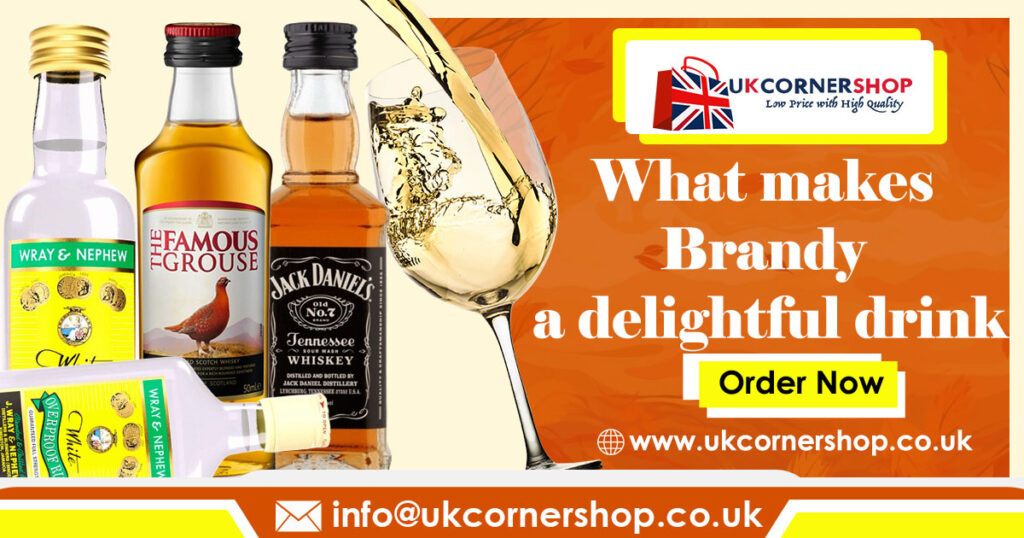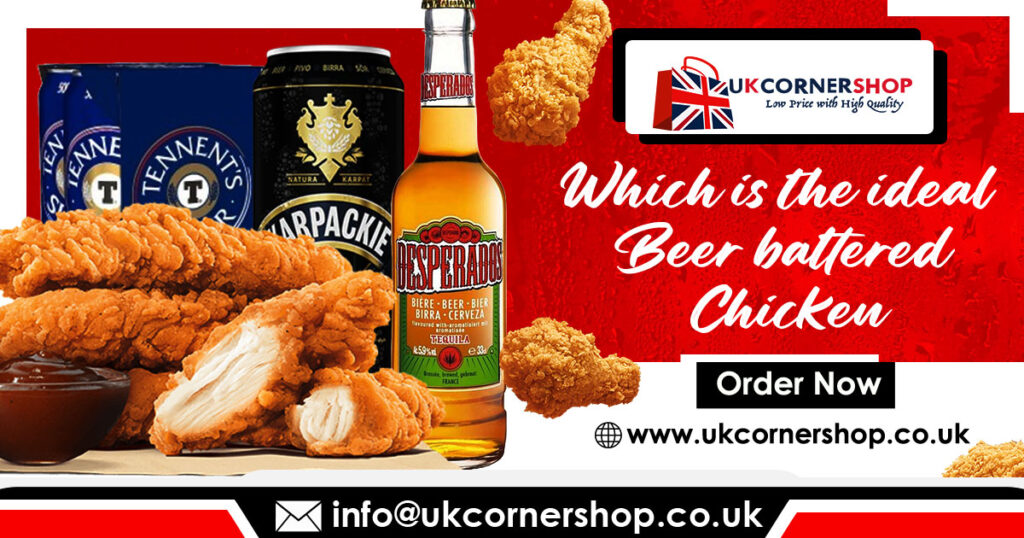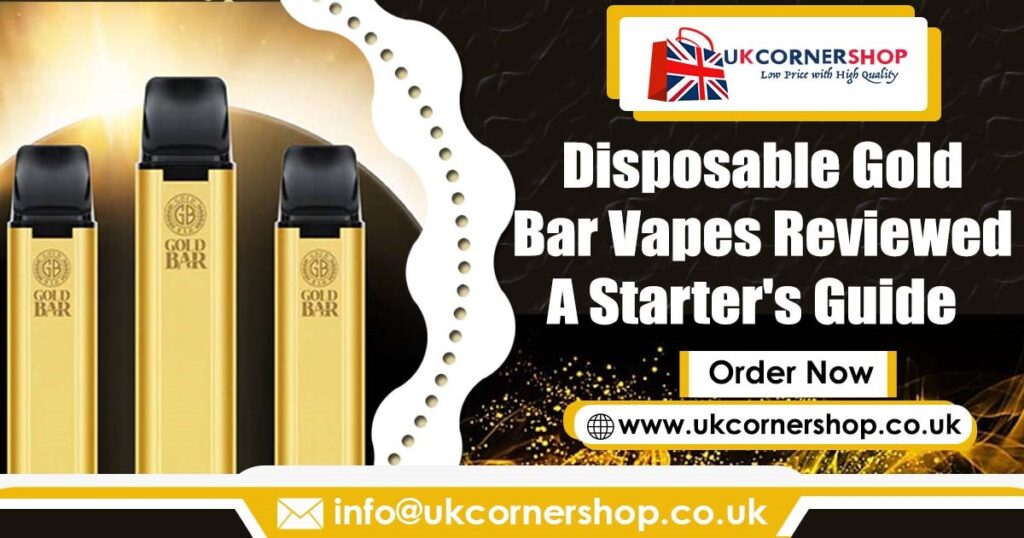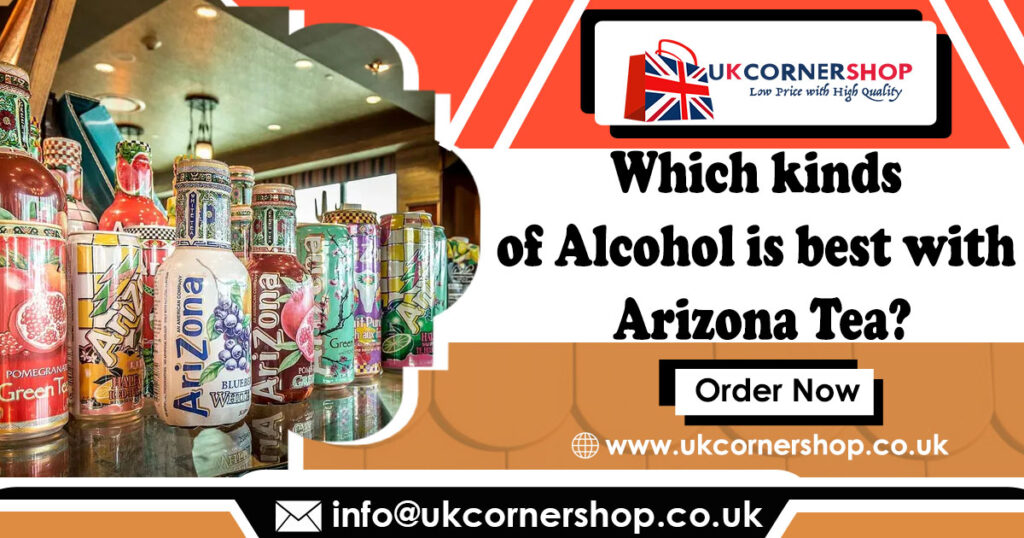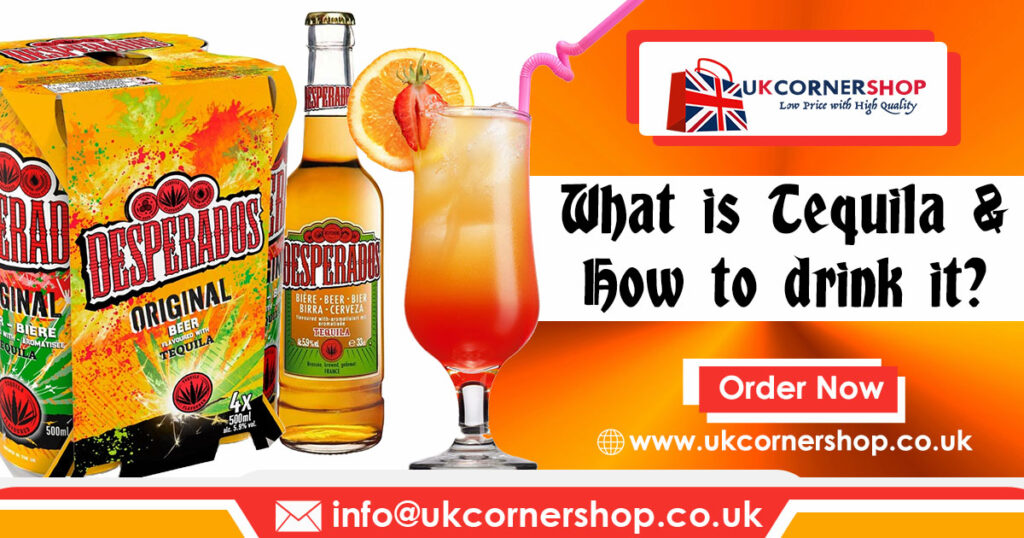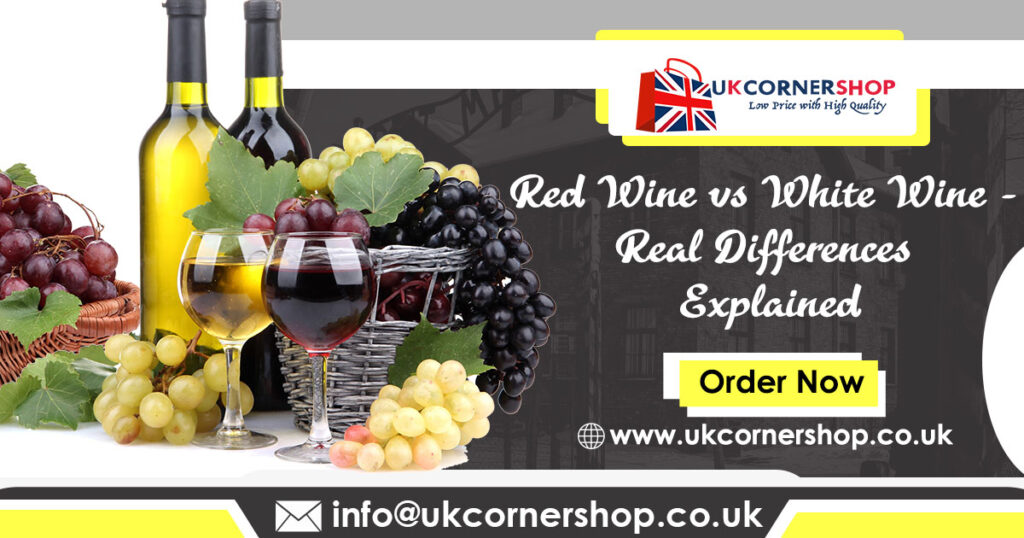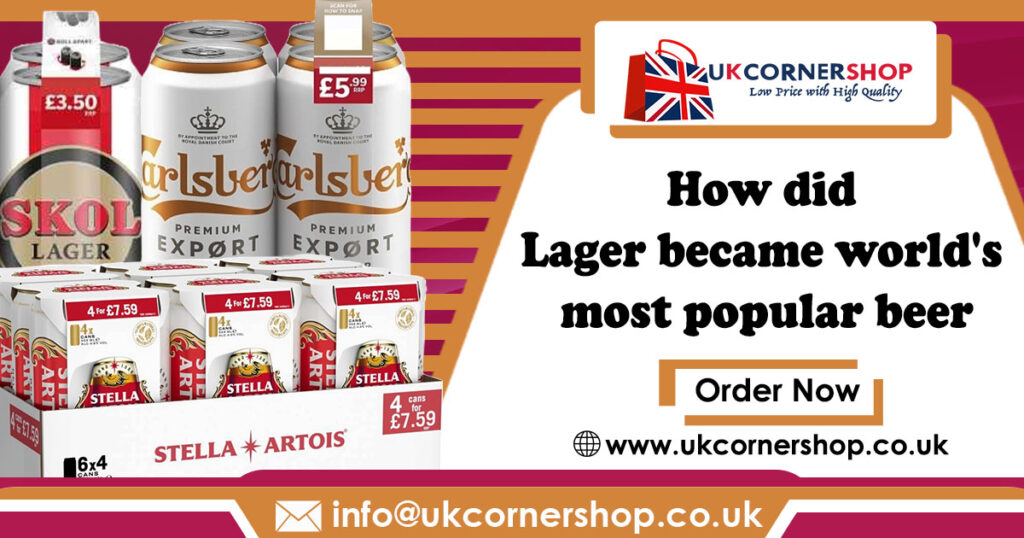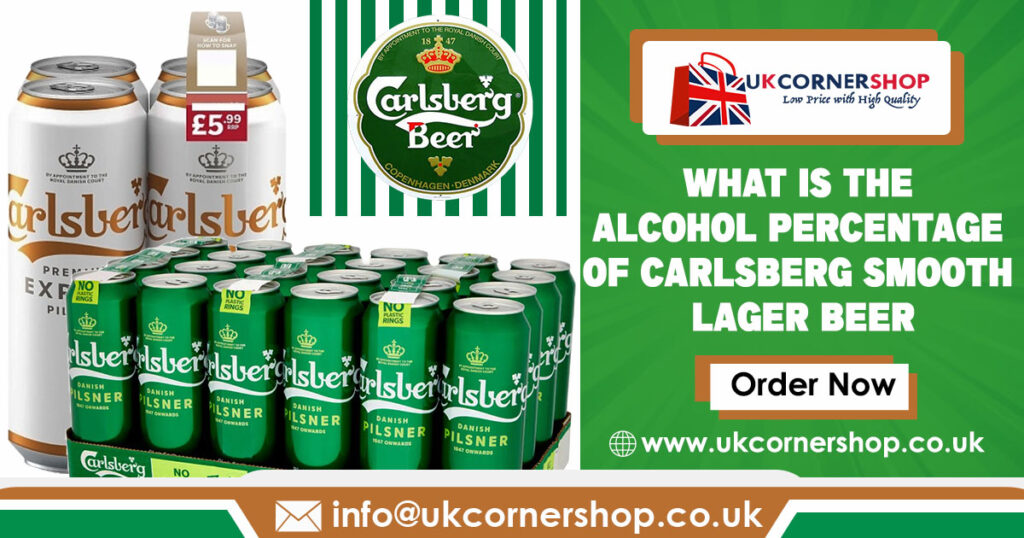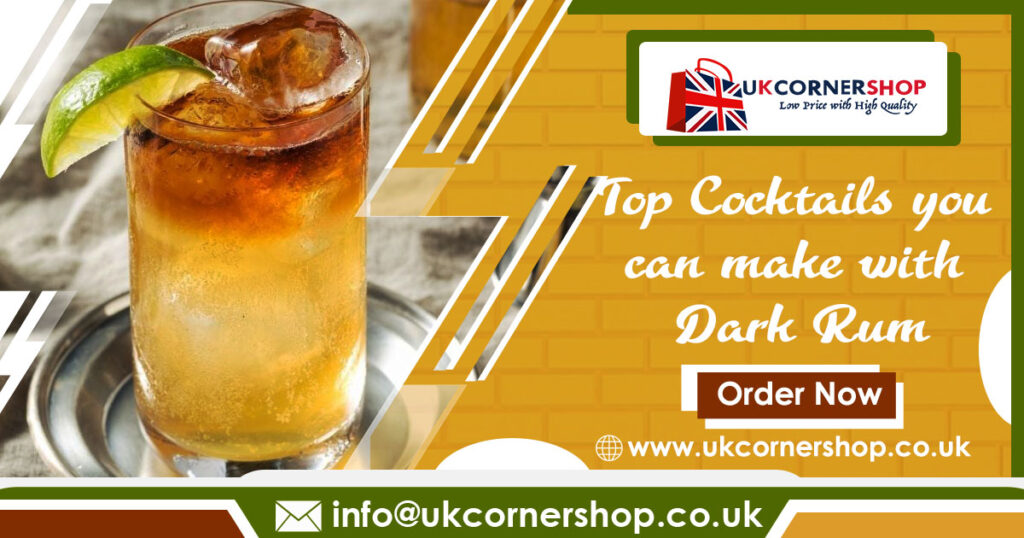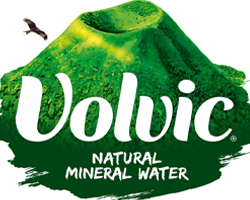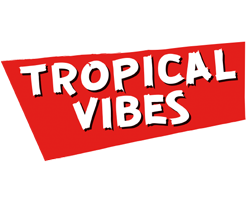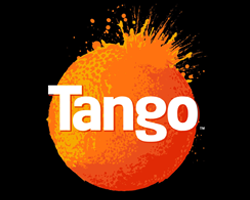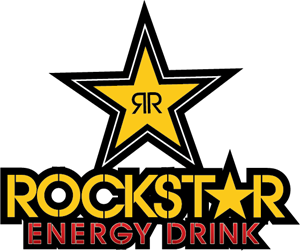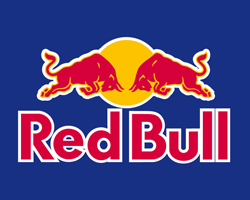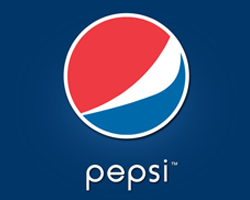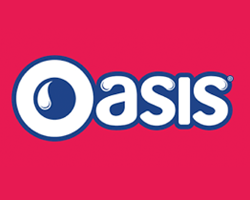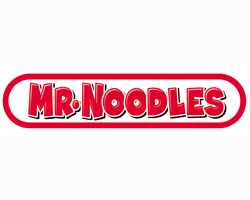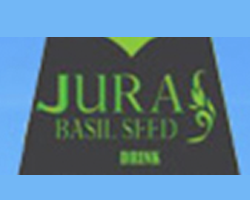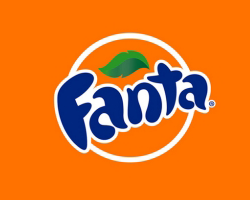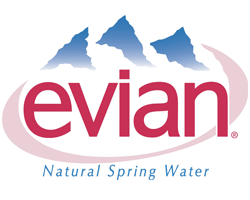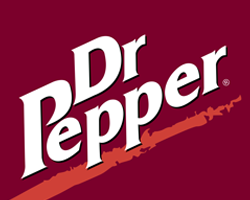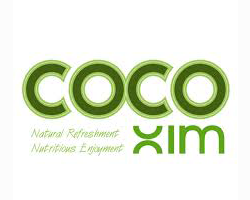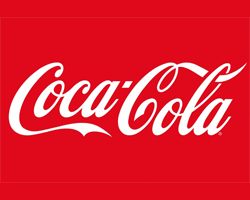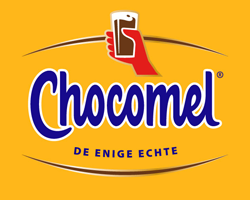Wine, with its rich history dating back thousands of years, has been an integral part of human culture. From ancient rituals to modern celebrations, this beverage has stood the test of time, evolving and adapting to the diverse tastes of mankind. In recent years, another variant has captured the hearts of connoisseurs and enthusiasts alike – sparkling wine. In this article, let us explore the profound love that mankind shares for wine and uncork the effervescent world of sparkling wine, highlighting the key differences that set them apart. At UK Corner Shop, leading convenience store in UK has Wines from leading brands and we offer wine delivery across entire UK.
Mankind’s Timeless Affair with Wine
Wine has been more than just a beverage throughout history; it has been a symbol of celebration, ritual, and communion. The earliest evidence of wine production dates back to 6000 BC in the ancient region of Georgia. Since then, it has woven itself into the fabric of various civilizations, becoming an integral part of religious ceremonies, social gatherings, and fine dining.
The allure of wine lies not only in its ability to tantalize the taste buds but also in its transformative power to enhance experiences. From the robust reds of Bordeaux to the crisp whites of Burgundy, every bottle tells a story of the terroir, craftsmanship, and the passion of those who produce it. The complexities of wine mirror the complexities of life, making it a constant companion in our journey through time.
Sparkling Wine: Bubbling Elegance and Celebration
Sparkling wine, a more effervescent cousin of traditional still wines, adds a layer of sophistication and festivity to any occasion. While Champagne is undoubtedly the most famous variety, sparkling wines are crafted across the globe, each with its own unique character and charm.
The history of sparkling wine
The history of sparkling wine is a captivating journey that spans centuries, marked by accidental discoveries and technological advancements. The origins can be traced back to the Champagne region of France in the late 15th century. The cool climate caused fermentation interruptions, leading to the creation of bubbles when the process resumed in warmer temperatures.
Dom Pérignon, often credited with “inventing” Champagne, worked to prevent bubbles, but his contributions to winemaking techniques were crucial. The Méthode Champenoise, developed in the late 17th century, involved a secondary fermentation in the bottle, creating natural carbonation and a finer effervescence.
The popularity of sparkling wine spread in the 18th century, particularly in England, where Champagne became synonymous with luxury. Technological advances in the 19th century, including riddling racks and the gyropalette, streamlined mass production.
The 20th century witnessed the global expansion of sparkling wine production, with regions worldwide producing high-quality variations. Prosecco from Italy, Cava from Spain, and New World sparkling wines gained popularity, offering diverse options.
Today, sparkling wine remains associated with joyous occasions globally. Its rich history, marked by innovation and tradition, has transformed what was once considered a flaw into a beloved and iconic beverage enjoyed worldwide.
Wine and Sparkling Wine – Differences Explained
The key distinction lies in the effervescence – the bubbles that dance through the liquid, tickling the palate with every sip. Sparkling wines achieve this through a secondary fermentation process that traps carbon dioxide within the bottle, creating those delightful bubbles. The process is a meticulous art, and the result is a beverage that is not only visually appealing but also tingles the senses in a way that still wines cannot.
Differences Unveiled
Carbonation Levels
Wine: Still wines are naturally still, devoid of any carbonation. The focus is on the stillness and purity of the liquid.
Sparkling Wine: The defining feature is the presence of bubbles, achieved through methods like Méthode Champenoise or Charmat. These tiny bubbles contribute to the lively and effervescent nature of sparkling wine.
Production Techniques
The distinction between wine and sparkling wine lies in the winemaking process. While both are derived from fermented grapes, sparkling wine undergoes a secondary fermentation process to create carbonation, distinguishing it from traditional still wine.
Wine: The production of still wines involves the fermentation of grape juice without any secondary fermentation or carbonation process.
Sparkling Wine: The secondary fermentation process, often conducted in the bottle, is a hallmark of sparkling wine production. This step results in the iconic fizz associated with sparkling varieties.
Occasions and Pairings
Wine: Traditionally enjoyed with meals, still wines are versatile and pair well with a range of dishes, enhancing the dining experience.Red wines, such as Cabernet Sauvignon or Merlot, pair well with red meats and hearty dishes White wines, like Pinot Grigio or Riesling, complement seafood, poultry, and lighter fare.
Sparkling Wine Associated with celebrations and toasts, sparkling wines are often served as an aperitif or paired with lighter fare particularly those with a touch of saltiness. Champagne, in particular, is a symbol of luxury and festivities.
Serving Suggestions
Temperature Matters
Serve red wine at a slightly cool room temperature (around 60-68°F or 15-20°C).
Chill white wines, such as Chardonnay or Sauvignon Blanc, to enhance their crispness (about 45-50°F or 7-10°C).
Sparkling wines, like Champagne or Prosecco, are best served well chilled (around 38-45°F or 3-7°C).
Use the Right Glassware
Red wine glasses are typically larger and have a rounder bowl to allow the wine to breathe.
White wine glasses have a narrower bowl to preserve the wine’s delicate aromas. Curious to know the difference between Red Wine and White Wine? Read our blog titled Red Wine vs White Wine Real Differences Explained.
Decanting
Consider decanting red wines, especially those that are full-bodied or aged, to allow them to breathe and develop their flavors.
Pouring Etiquette
Fill glasses to about one-third or one-half full to allow room for the wine to breathe and release its aromas.
Serving Sparkling Wine
Chill to Perfection
Ensure sparkling wine is well chilled before serving, as the cold temperature enhances the effervescence and crispness.
Choosing the Right Glass
Use flutes for traditional sparkling wines like Champagne or Prosecco to showcase the bubbles. Tulip-shaped glasses can also be suitable.
Opening the Bottle
Open the bottles with care, holding the cork and turning the bottle instead. This minimizes the chance of a sudden pop.
Pouring Technique
Hold the glass at an angle while pouring, to preserve the bubbles. Pour slowly and avoid overflowing.
Celebration Rituals
Save it for special occasions and celebrations, making it a drink that adds a touch of festivity to any event.In the vast world of beverages, wine stand out as timeless expressions of human culture, each with its own allure and significance.
While it has been a steadfast companion throughout history, sparkling wine brings an extra layer of excitement and celebration to special moments. Whether you prefer the stillness of a well-aged red or the effervescence of a sparkling brut, the love affair with these libations continues to evolve, leaving a trail of memories and toasts that transcend generations. So, let’s raise our glasses and continue sipping through time, embracing the diverse and captivating world of wine in all its forms. Cheers!



